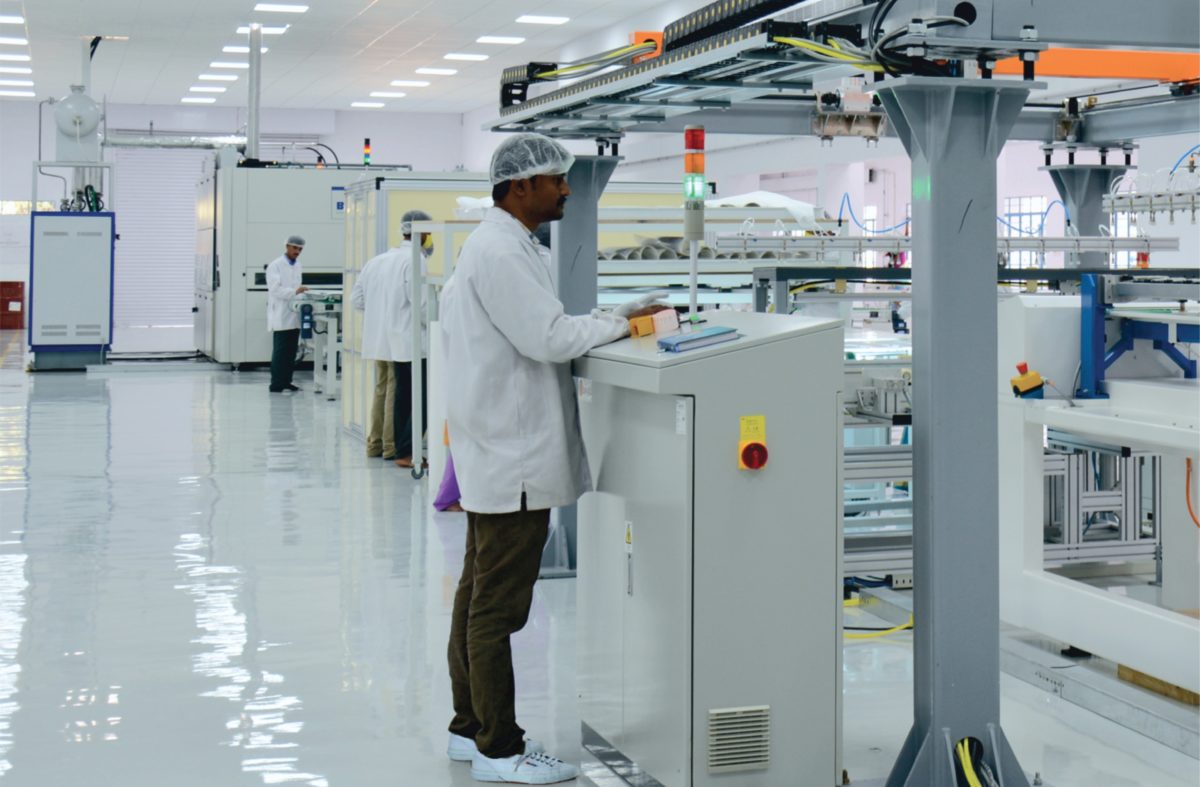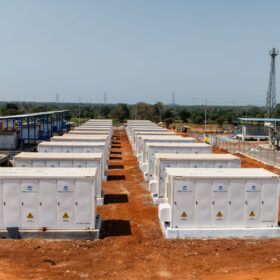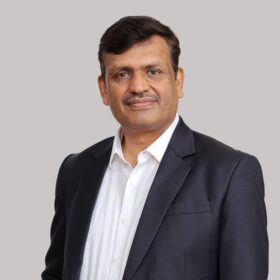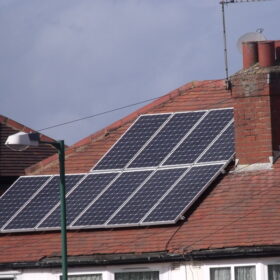Solar Energy Corporation of India (SECI) has extended bidding deadline till November 8 for the tender that will award 7 GW of solar generation capacity against setting up of 2 GW of annual manufacturing capacity.
As per the RfS, the manufacturing capacity is tendered as four projects—one each for cells, modules, wafers and ingots—with each project having minimum annual production capacity corresponding to 500 MW of modules manufacturing.
Developers shall earn assured power purchase agreements for up to 2000 MW against 500 MW of cells/modules manufacturing, and up to 1500 MW against 500 MW of ingots/wafer manufacturing.
Gopal Lal Somani, a former director at the Jaipur-based Rajasthan Renewable Energy Corporation Ltd (RRECL), expresses strong doubt about the success of this ISTS connected tender, which was first made public in January 2019 and saw repeated extensions and pre-bid meets.
According to him, in the present non-responsive scenario the SECI will face a ‘no bid’ situation even with these amendments and deadline extensions: “For the last couple of months, the developers’ response to SECI, NTPC and state level tenders has slowed down. There has been under-subscription of bid capacity throughout the renewable energy tenders—whether wind or solar—despite repeated bidding extensions.”
For instance, “NTPC issued a 1,200 MW tender a few days ago with ceiling tariff of Rs 2.85 per unit. When no developer showed interest, it revised the ceiling tariff to Rs 2.93 and issued the tender again. Even then, the auction did not draw a single bid. The tender closed on October 23, 2019 with no bid status.”
“Extremely low benchmark tariffs and still award of projects through reverse auction process by Power Ministry has resulted in a serious supply chain crunch. The bids are favourable to few big players,” Somani said.
An eye opener for SECI and MNRE
According to Somani, developers are now factoring in land acquisition challenges, transmission connectivity, cost of debt, high long-term operations and maintenance expenses due to inverter failures, inflation in manpower costs and frequent curtailment of power generation.
Andhra Pradesh’s attempt to renegotiate signed renewable power purchase agreements (PPAs) has also dampened investor interest significantly.
Non-payment of electricity bills by State Discoms in Andhra Pradesh, Rajasthan, Telangana and Tamil Nadu—outstanding for 7 to 11 months—has pushed developers’ operating assets into stress and they are worried about defaulting on payments to their lenders including threats of entering to non-performing assets. Credit rating for Discoms has gone down drastically.
There is increased risk perception for funding new projects due to unscheduled frequent curtailment of solar and wind energy projects for grid safety in potential states like Andhra Pradesh, Rajasthan, Telangana, Madhya Pradesh, Gujarat and Tamil Nadu without deemed generation benefits. Policy paralysis between Centre and States is also a concern.
“NTPC’s 1200 MW wind auction, which was conducted in August last year, saw winning tariffs in the range of Rs. 2.77-2.83 per unit. But the fate of around 800 MW is uncertain as it has not been able to get regulatory approvals, due to which it has given the winners the option to withdraw altogether,” said Somani.
Suggestions
The concept of linking manufacturing with 7 GW solar development plan has been launched without successful pilot-scale implementation. The concept is unique and has no success story in other markets across the globe, according to Somani.
The tender stipulates only advanced technologies like mono-PERC and hetrojunction, with average efficiency of minimum 21%, for manufacturing of solar cells.
Somani sees ‘assembly’ as the best opportunity in this (silicon and wafer) segment, as Indian manufacturers will face a high competitive risk from established counterparts globally.
“The PV technology is shifting from poly to mono and industries across the globe are switching to mono perc modules that provide higher efficiencies, higher outputs and longer warranty of 15 years. The manufacturing of silicon and wafers has seen a sharp decline in costs in recent times and the trend is likely to continue. Due to strong market competition and declining price trends, the risk is high for Indian developers venturing into this segment (silicon and wafer),” Somani explained, adding that “the best opportunity is to promote setting up assembly lines for GW scale in a big way.”
Going forward, Somani feels “the RFS needs to be reworked and deferred in reference to availability of grid infrastructure, land parcels, load demand, reasonability of tariff, enabling policies in place, and lenders confidence in funding the projects under the concept and plan.”
This content is protected by copyright and may not be reused. If you want to cooperate with us and would like to reuse some of our content, please contact: editors@pv-magazine.com.









The cost of solar power has come down sharply to around Rs 1.5 per unit in recent auctions in Portugal, Brazil etc which share a similar insolation profile. Gujarat is now planning to buy excess solar power generated by MSMEs at Rs 1.75 per unit. The effective cost of solar power in India factoring our high interest rates is Rs 1.8 to 2.0 per unit –
However, due to the action of the AP Government and the ridiculously time it takes to enforce contracts in India, no one is willing to bid even when the ceiling rate is over 50% higher than the effective cost – this is fortunate as otherwise consumers would be saddled with a very high cost for next 25 years.
The Government should hence immediately stop all RE auctions and enhance our laws on commercial contracts to make it mandatory for courts to deliver a judgement within 4 months of filing of a case.
Further, all government officers found delaying payments due by misusing the legal route should be suspended or dismissed.